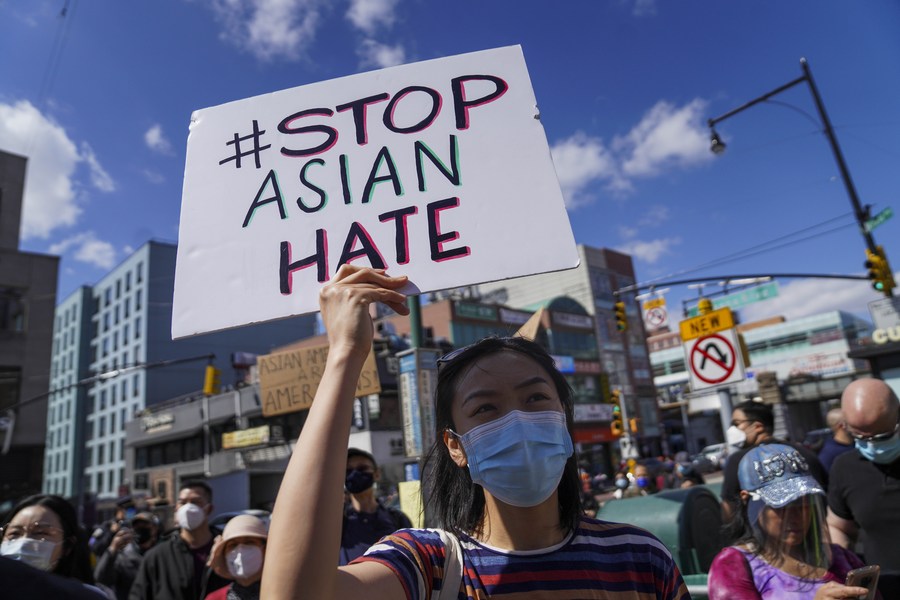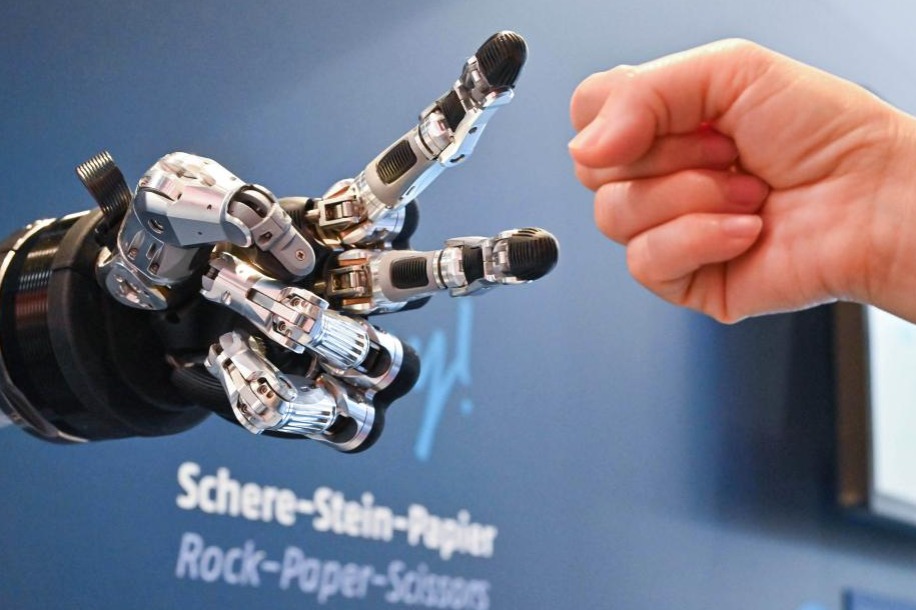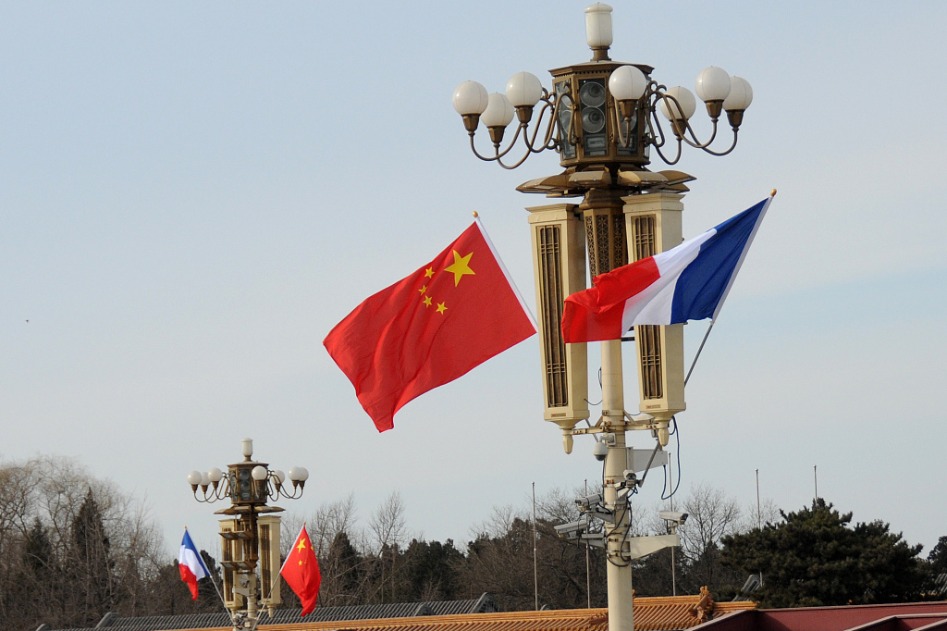Asian Americans hit hardest but invisible: Opinion


Asian Americans were among the racial and ethnic groups hit hardest by the COVID-19 pandemic, which calls for greater efforts to address the health disparities and ensure good health for all, said Lanlan Xu, a health services researcher, in an opinion piece published in the Baltimore Sun on Aug 20.
The article pointed out "Asian Americans are dying at an alarmingly high rate." It cited a new report by the Department of Health and Human Services as saying, "Asian nursing home residents had the highest COVID mortality rate among all race/ethnic groups." Health Affairs revealed that "Asian American Medicare beneficiaries had the highest COVID-attributed mortality rate in 2020." A Kaiser Family Foundation analysis of 50 million US patients also found "Asian Americans had the highest risk of hospitalization and death when tested positive for COVID."
However, the loss remains largely invisible and there is little public discussion about why this is happening, the article said. Their invisibility is largely rooted in the model minority myth, a stereotype that "paints all Asian Americans as successful and problem-free ", it added, which has resulted in Asian Americans not being "the focus of health equity research, or the target for culturally specific resources". "For example, Asian Americans are not even mentioned in the 2020 "Framework for the Equitable Allocation of COVID-19 vaccines," a report by the National Academies of Sciences, Engineering and Medicine commissioned by the Centers for Disease Control and Prevention and National Institutes of Health."
To address the health disparities for Asian Americans, the article noted, complete and disaggregated data must be collected. "Collecting fuller data including national origin and preferred language is essential to understanding the needs, assets, disparities and opportunities of the nation's fastest-growing population," it said.
Asian American focused research and community organizations are also needed to invest. As a community that accounts for 6 percent of the nation's population, the article said, "the National Institutes of Health spends only 0.17 percent of its budget to fund clinical research focused on Asian American, Native Hawaiian and Pacific Islanders."
Culturally and linguistically appropriate services must be further provided. "We need to create a culturally competent health care system to help improve quality of care and health outcomes for all."
Last but not least, racism must be addressed. According to Stop AAPI Hate, there have been 6,603 anti-Asian hate incidents over the past year. "Viewing racism as a public health issue offers legislators, health officials and communities the opportunity to examine structural policies that reinforce inequities and to ensure that Asian Americans have a fair and just opportunity to be as healthy as possible", it concluded.

































